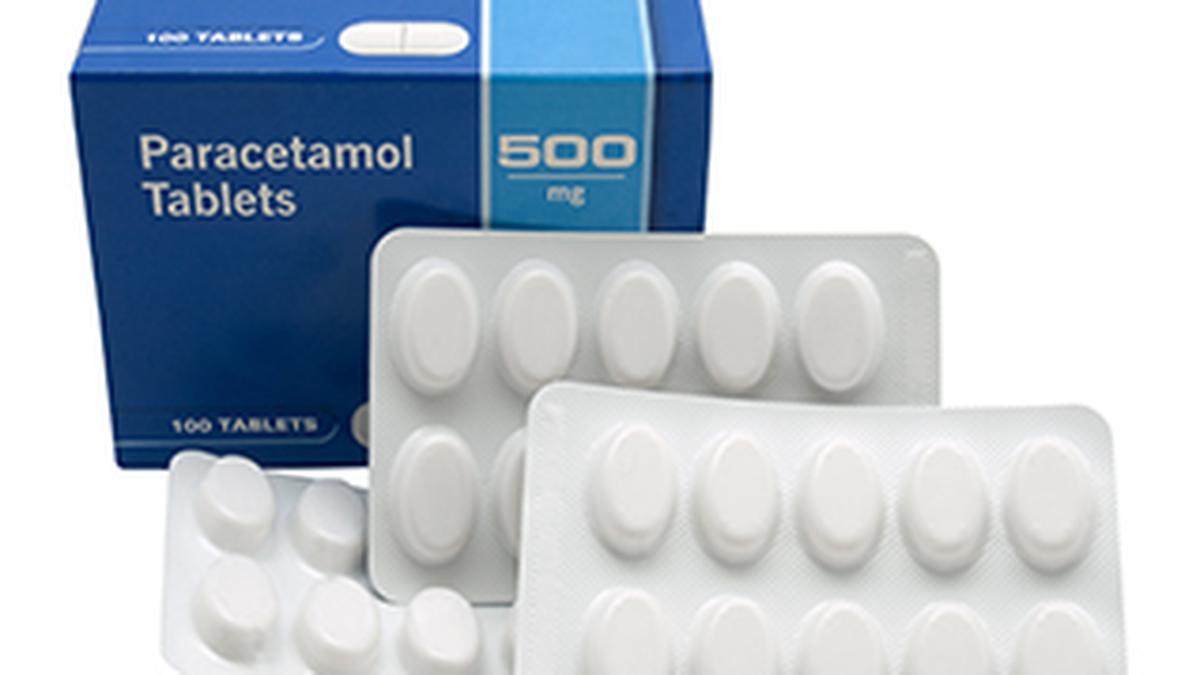Over the counter, under the radar: can paracetamol become fatal?


Over the counter, under the radar: can paracetamol become fatal?
The death of a woman in a Liverpool hospital, reportedly from paracetamol poisoning, has brought the issue out of the shadows. She received a dose far in excess of the recommended dose for her body weight.
The truth is, annually, paracetamol poisoning quietly claims thousands of lives worldwide. In the USA alone, it accounts for more than 60,000 emergency hospital visits annually and over 500 deaths. The estimates are limited by a lack of available data from many countries, particularly in Asia, South America, and Africa. In contrast, with 229 deaths reported in 2023 globally, aviation accidents receive extensive media coverage. Despite its scale, paracetamol poisoning rarely enters public discourse, overshadowed by its reputation as a “safe” drug.
Also read: New study links paracetamol to side effects in digestive tract, heart, kidneys among older adults
Paracetamol, chemically known as N-acetyl-para-aminophenol, is widely used for pain relief and fever reduction. In the United States and Japan, it is called acetaminophen (derived from its chemical structure), while most other countries, including India, use the name “paracetamol.“
How paracetamol works is not fully understood. It relieves pain by acting on the brain’s central nervous system by inhibiting the production of prostaglandins, which are chemical messengers that amplify pain. Paracetamol targets the hypothalamus, the brain’s heat-regulating centre for fever reduction. The drug can be taken in oral, injectable form, and as rectal suppositories.
Paracetamol is a safe drug when used within prescribed limits. The maximum safe dose for an adult is up to 4 grams per day. For children, dosage depends on weight, with the safety threshold being 140 mg per kilogram of body weight. For example, a person weighing 70 kg should not exceed 10 grams in 24 hours. Side effects include nausea and vomiting. Exceeding these doses can result in severe abdominal pain due to impending liver failure. Paracetamol is available in tablets, syrups, and as injections. It has to be consumed in divided doses , with the maximum dose for adults in the range of 650 mg at a time and for children, 15 mg/kg of body weight.
When taken in excess, paracetamol becomes toxic. To understand why, let’s grasp the concept of metabolism, which refers to the body’s process of breaking down substances. When you take paracetamol as a syrup or tablet, it is absorbed in the small intestine and then enters the bloodstream. It then travels to the liver, where most of it is safely processed. About 60% and 35% are converted into a harmless form called paracetamol glucuronide and paracetamol sulfate, respectively. The remaining 5-10% is turned into a toxic substance called N-acetyl-p-benzoquinone imine (NAPQI). Normally, the liver quickly neutralises NAPQI and removes it as paracetamol glutathione.
In case of an overdose, the liver becomes overwhelmed, and NAPQI starts building up. Think of it like a sewage treatment plant: the unit processes all the waste efficiently under normal conditions. But if too much waste arrives at once, the system overloads and harmful substances spill out. Similarly, NAPQI accumulates in overdose and damages liver cells, leading to liver cell death and resulting in acute liver failure. Paracetamol poisoning is insidious, and symptoms often appear after the damage has begun. As toxicity progresses, abdominal pain, particularly in the upper right side, becomes prominent. Jaundice, confusion, and eventually multi-organ failure may follow if medical help is not sought in time.
The antidote for paracetamol poisoning is N-acetylcysteine (NAC), which replenishes the body’s glutathione reserves and neutralises NAPQI. NAC is most effective when administered within eight hours of the overdose but can still provide benefits up to 24 hours later. The damage is reversible with timely treatment, making early detection and medical intervention critical. In extreme cases, liver transplantation may be required.
In India, where self-medication is common, cases of paracetamol poisoning are underreported due to limited surveillance and a lack of comprehensive studies. While Western nations have detailed data and strategies, such as restricting pack sizes to prevent overdoses, India lacks systematic surveillance and awareness campaigns. The over-the-counter availability of paracetamol exacerbates the problem, allowing individuals to purchase quantities enough to induce poisoning without scrutiny. Just 20 tablets of 500 mg each, easily available at any pharmacy, are enough to cause severe toxicity. Accidental poisonings are common in children due to improper storage of medications, while intentional overdoses are more frequently reported among women.
National Poisons Information Centre, based at AIIMS, New Delhi, operates a 24-hour toll-free helpline (1800-116-117, 011-2658 9391, 011-2659 3677) for assistance in poisoning cases Paracetamol poisoning is a serious but treatable poisoning. Most fatalities result from delayed reporting or underlying vulnerabilities such as pre-existing liver conditions. Awareness about the risks of overdose, coupled with better regulatory practices, can significantly reduce these preventable deaths. This silent epidemic demands attention, not just from policymakers but from each of us as informed consumers.
(Dr. C. Aravinda is an academic and public health physician. The views expressed are personal. aravindaaiimsjr10@hotmail.com)










